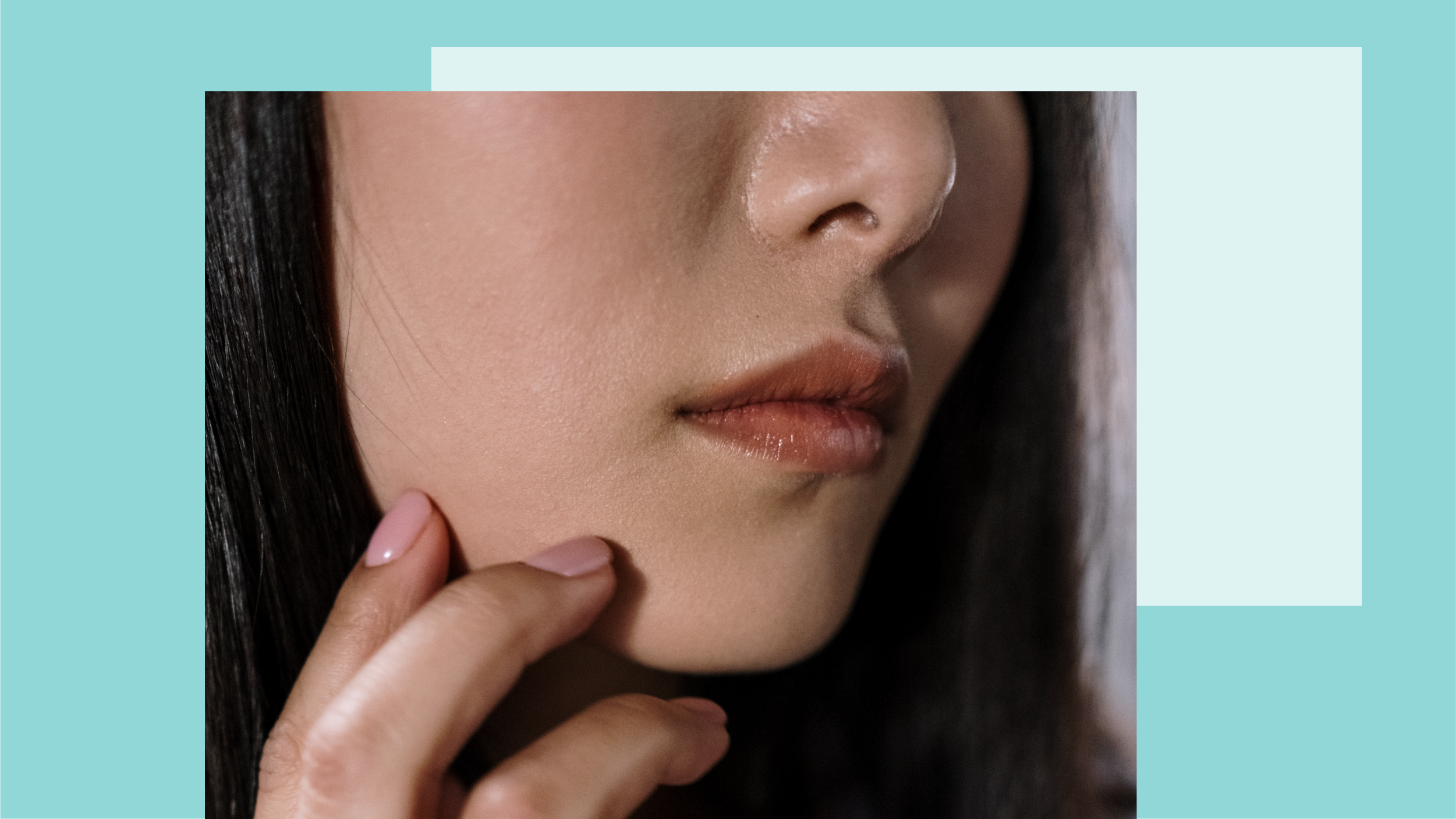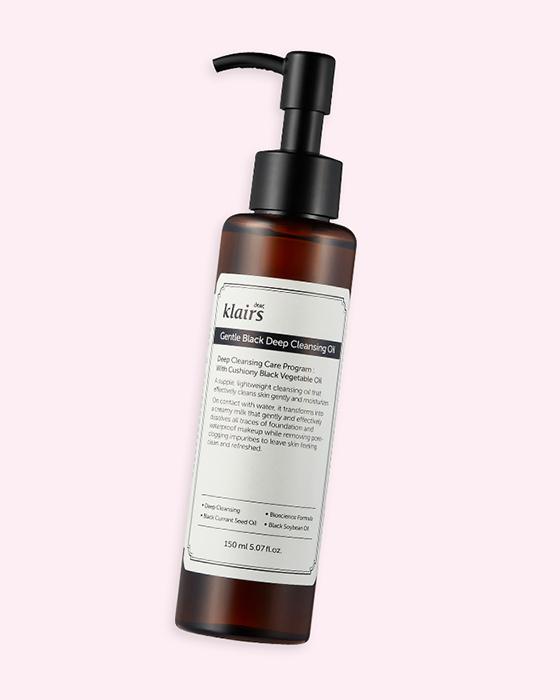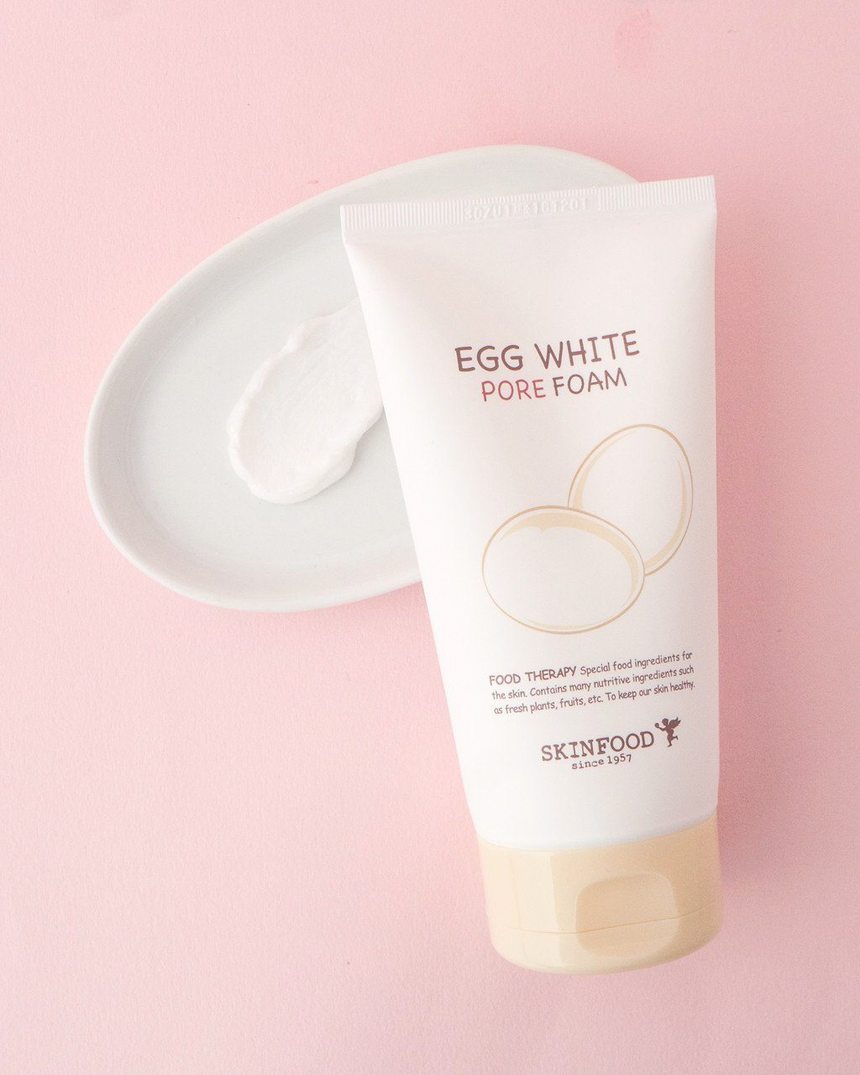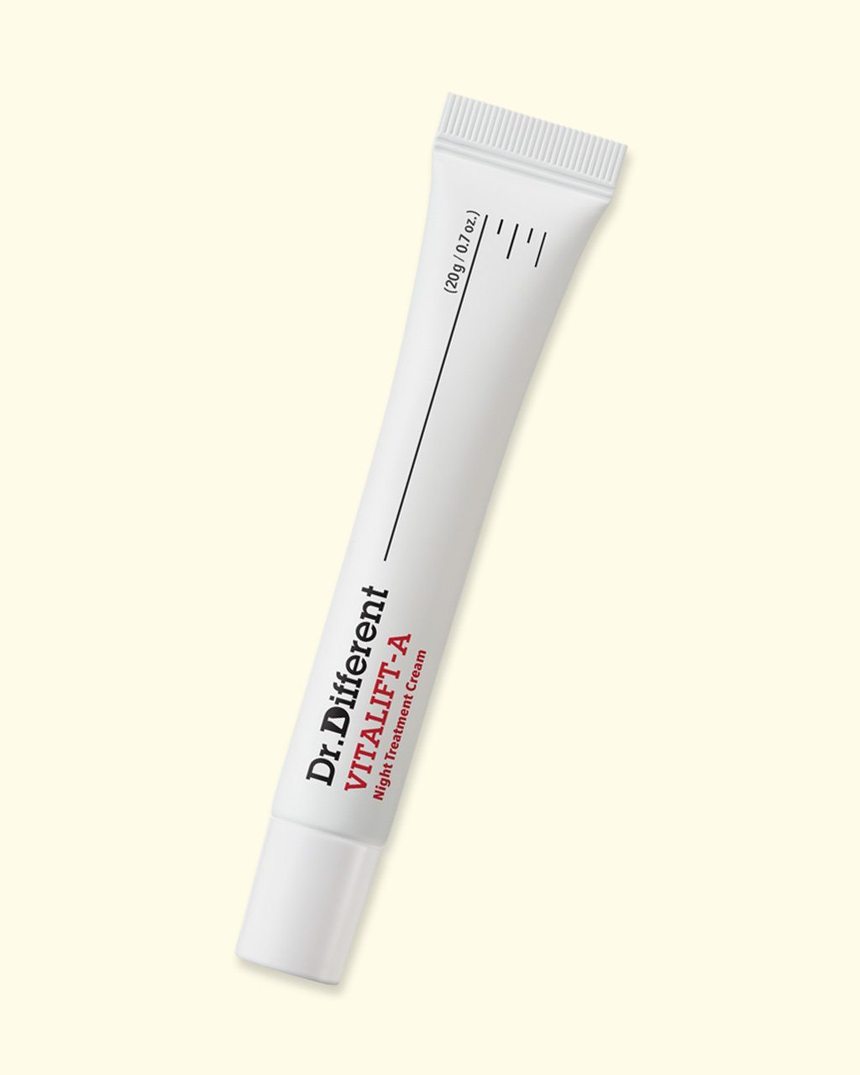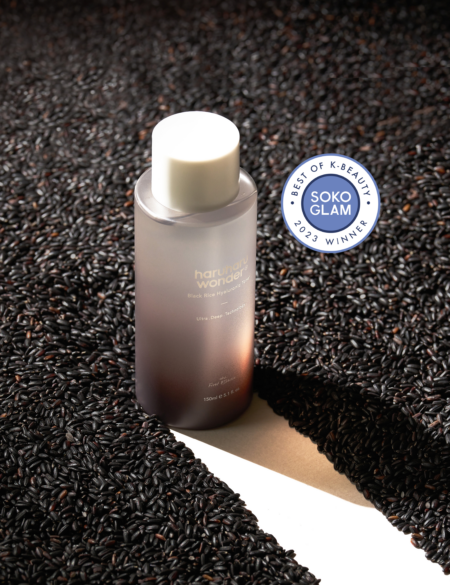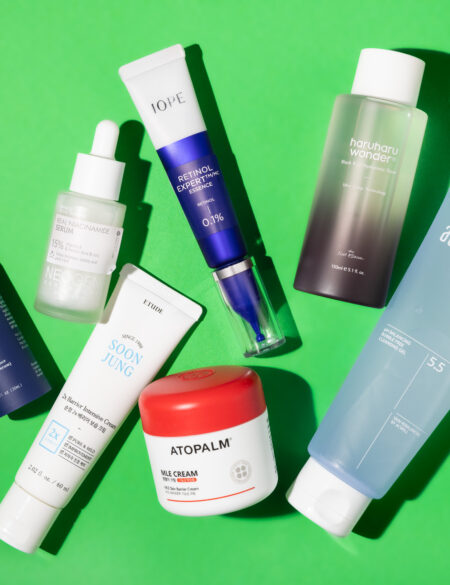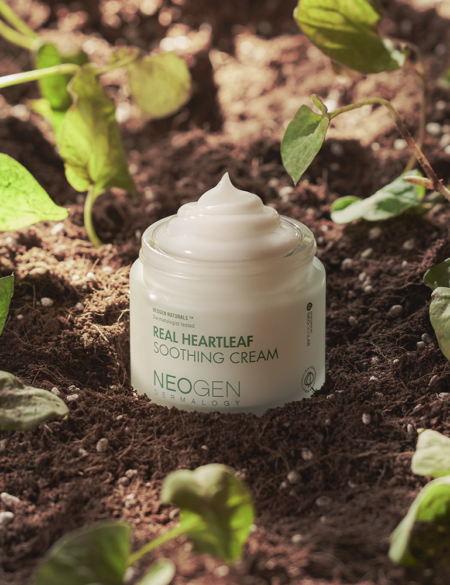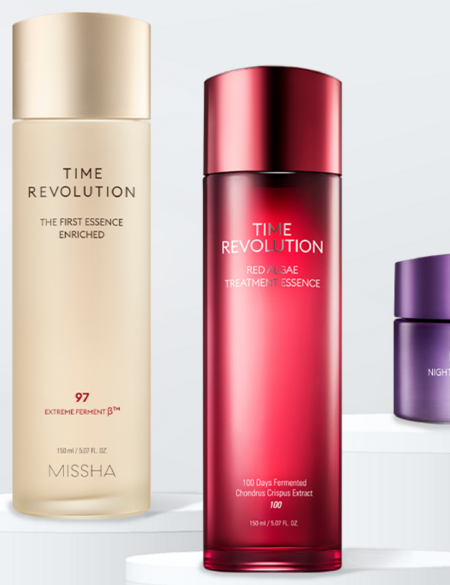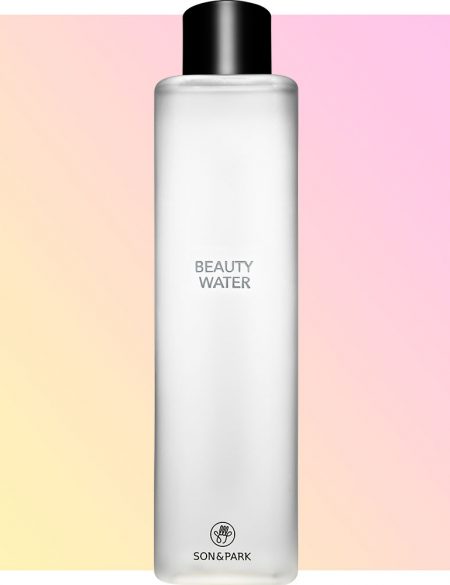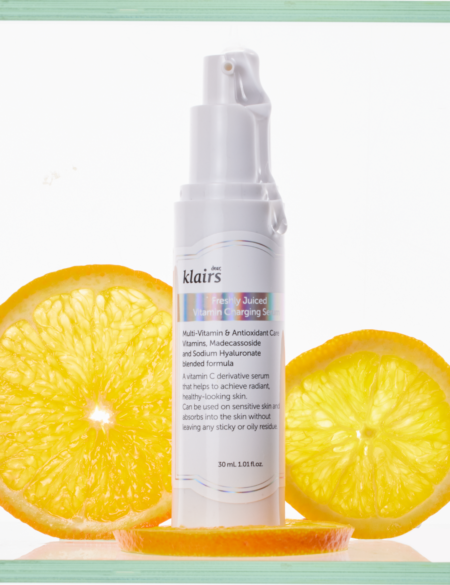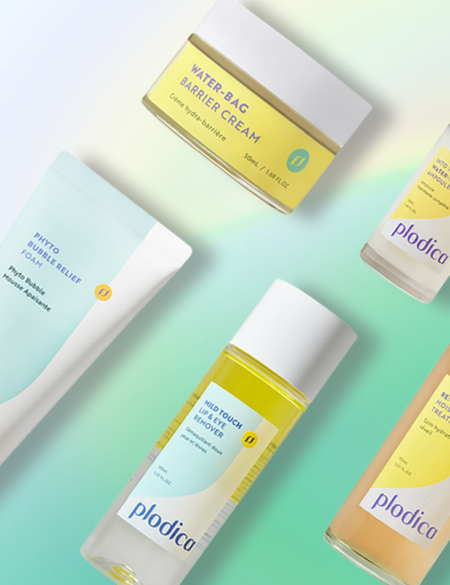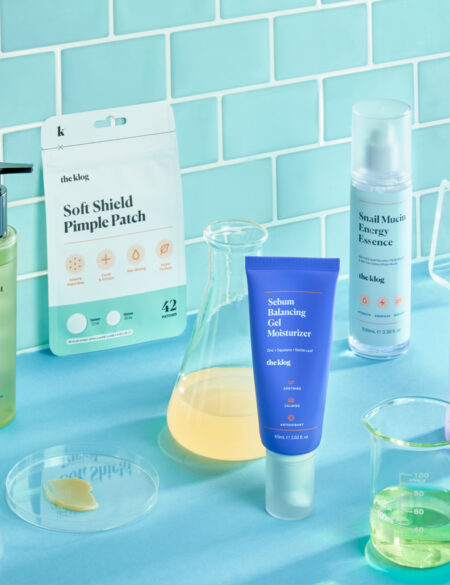Let’s demystify one of the smallest skin concerns.
Even though they serve a vital role, pores get a seriously bad rap. It seems like every other product’s goal is to banish them out of sight, and they can be a major source of woe for people of all ages, ethnicities, and skin types. As such, many quickly scramble to reduce pore size without first understanding why they’re there or how they work. This can lead to misinformation and therefore mistreatment of your skin.
Today we’re taking a couple steps back to discuss pore function and address some common myths. Once you’re equipped with that info, we’ll then dive into proper pore treatment so you can better keep them—and your skin—happy and healthy.
How Pores Work
Pores are actually hair follicles that house tiny hairs. They are also where the sebaceous (oil) glands and sudoriferous (sweat) glands live. “More than that, both sebum and sweat are secreted out of pores,” explains Rachael Pontillo, a holistic skincare expert and author of the book, Love Your Skin, Love Yourself. While you may associate that slick, oily feeling with only bad things—namely a shiny face—excreting oil via your pores is your body’s way of lubricating and protecting your skin. And when your body excretes sweat, that’s its way of detoxifying and cooling down.
“Pores are also important in skin care, as they are one of the means in which topical skincare ingredients penetrate into the deeper layers of the epidermis to perform their purpose,” she says. That’s the reason you must clean your skin prior to applying moisturizers. Doing so removes makeup and dirt, but it also cleanses the pores and allows for better product absorption.
In any case, the primary skin care issue surrounding pores is that sometimes they excrete too much sebum, which can cause enlarged pores. Also, when oil mixes with dirt and bacteria, it can result in acne or can make your pores look darker (more on that soon). There are also cases where pores don’t secrete enough oil, which becomes more common as we get older. This leads to dry skin, which can look dull, flaky, and generally unhealthy (heavy moisturizers and oils can fix that problem).
Cleary, there’s a very fine balance we must achieve to keep our pores happy. The problem? Finding that balance is easier said than done. Getting informed is the first step.
Mythbusting: Pore Edition
Let’s dig right in. These are the three most common myths about pores:
- Those black dots on your nose aren’t blackheads
There’s a lot of confusion when it comes to blackheads. Blackheads are a form of acne, and specifically a hardened plug of sebum and dead cells within a pore. It looks black because it’s been oxidized (exposed to the air). An extracted blackhead has a black, waxy head with a white or transparent tail. Those gray, pinhead-sized dots you see on your nose and cheeks are most likely sebaceous filaments, not blackheads. When extracted, they look like fine, white or yellow hairs. You can reduce the appearance of sebaceous filaments by cleansing regularly and sticking to a routine, but they will consistently come back as they’re your skin’s way of channeling oil to your face.
- You can’t open and close pores
Any advice that says you can open or close your pores is wrong. “Pores are not muscles,” explains Dr. Tsippora Shainhouse, a dermatologist and clinical instructor at the University of Southern California. “Hot water and steam will not open your pores, and cold water will not close them. A quick, cool rinse before popping out of the shower will definitely leave your skin looking less pink (it will close the blood vessels), but it won’t change your pore size.”
- You cannot permanently shrink your pores
The size of your pores is based on genetics, much like the size of your feet or the color of your hair. You can temporarily dye your hair, and you can temporary change your pore size by taking care of them and ridding them of oil and grime, but don’t fall for gimmicks or treatments that promise to permanently change their size.
The Proper Pore Treatment
We get it. At the end of the day, you just want to know how to make your pores appear smaller and keep acne at bay. You can start by cleansing your face every single night—no matter how exhausted you are—to remove dirt, makeup, excess oil and anything else that’s setting up camp in your pores and making them appear larger.
We recommend a double or triple cleanse that starts with an oil cleanser, moves on to a foam cleanser, and follows up with a cleansing water or cleansing tissue just to ensure every last trace is removed from your skin. A good oil cleansing option is Klairs Gentle Black Deep Cleansing Oil, which combines black bean, black currant, and black sesame seed oils to deeply sweep through pores and remove anything sitting on top of your skin. Follow up with Skinfood Egg White Pore Foam, which gently purifies the pores and doesn’t completely strip the skin of important oils. Our current favorite cleansing water is Son & Park Beauty Water, which mildly exfoliates and brightens in addition to cleansing. It also contains willow bark.
“Willow bark and charcoals will dry and mattify the skin, remove some of the surface oils in the pores, and act as a mild exfoliant and pore cleaner,” explains Dr. Shainhouse. “All of these effects will make the pores appear smaller.”
Additionally, applying a primer under your bb cream will help create a smooth base and diminish the appearance of your pores, says Shainhouse. She recommends a silicone or dimethicone-based primer, such as Banila Co Prime Primer Classic. You can also dab away oil throughout the day with blotting tissues, and wear a finishing powder.
Finally, Shainhouse says you should apply a topical retinoid in the evenings.
“This has been scientifically demonstrated to increase cell turnover, unclog pores, and encourage new collagen growth, which can strengthen the tissue surrounding the pores so that they appear tighter and smaller,” she explains.
You will need a prescription for a retinoid, but retinol (the milder version of the same ingredient) is available over the counter. One of our favorites is Dr. Different’s VITALIFT-A, a product that’s quickly risen to HG status for many.
That was a lot of information, but hopefully you’re feeling informed and empowered! Let us know if you have any questions about pores or product recommendations in the comments below and we’ll help you out!
+What myths have you heard about pores? Share them below!


